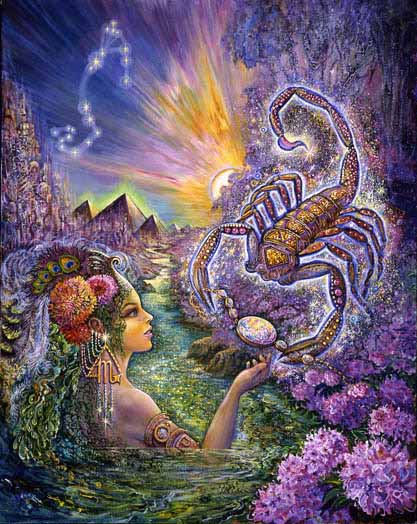Orion has a important mythological connections with the journey of humanity, some people feeling they lived in Mintaka - one of the Belt Stars of Orion - in a past/parallel life. We also find Orion geometrically connected to the famous pyramids of the Giza Plateau and perhaps the Pyramids of Teotihuacan. It's all a geometric puzzle coming together.
Happy Birthday to the Scorpio Readers.
In Greek Mythology, the myths associated with Scorpio (Scorpius) almost invariably also contain a reference to Orion. However, there are two contrasting stories about the two. One tale is that Orion was a giant who was a great hunter and very modest about his amazing skill. One day, he fell in love with a princess of an island he was passing, but her father refused to let his daughter go and, thus, was determined to keep Orion away from the princess. The king did so by blinding Orion, thus not letting him hunt and amaze the woman. Orion traveled to the Sun, which healed his eyes, and decided to kill the king (who later died during a war) and pursue his hunting. He became great friends with Artemis, who favored Orion greatly for his modesty and superb skill at hunting. One day, Apollo was jealous that the two were great friends, and sent a harsh scorpion at him and stung his heel. Artemis, furious with her brother, killed the scorpion and threatened to throw Delphi (Apollo's beloved city) into ruins if he did not apologize, which he hastily did. Zeus decided that Orion should be put in the stars, and the scorpion should always chase him; therefore, the constellation Orion appears in the winter, running away from the constellation of Scorpio which arrives in the summer. - Wikipedia
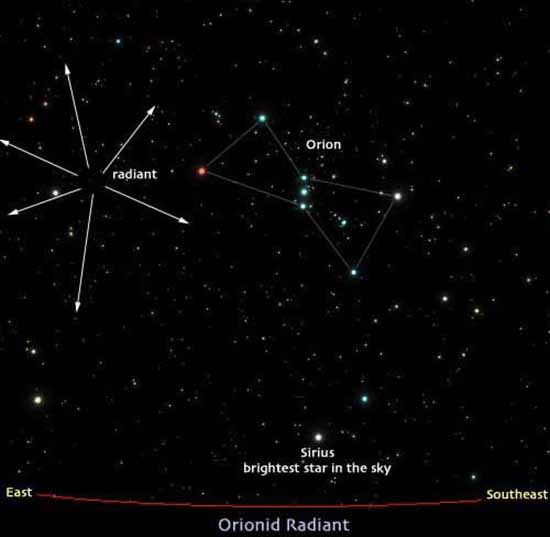
 Orionids Google Videos
Orionids Google Videos
The Orionids are annual meteor showers that occur at and are named after their radiant, which is located near the constellation Orion. The peak of the Orionid meteor shower occurs around October 21 and range typically from ten to fifteen meteors per hour. The Orionid meteor showers are caused by the well-known Halley's Comet, which was named after the astronomer Edmund Halley and last passed through the inner solar system in 1986 on its 75-to-76-year orbit. The radiant of the Orionids is located between the Orion and Gemini constellations (in the south-eastern sky before dawn, as viewed from mid-northern latitudes).
Orion in Mythology
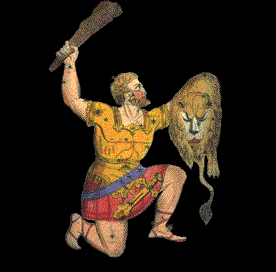
The constellation has more than one version of a story surrounding it in Greek mythology.
In one version, Artemis, the goddess of hunt and the moon fell in love with Orion. She was so entranced by him, she forgot her divinely duty of illuminating the night sky. Her twin brother Apollo, seeing Orion swimming in the sea, dared his sister to strike what only appeared to be a spot on the waves. Not knowing it was Orion, Artemis shot an arrow and killed him. Later, when she found out what she did, she placed his body among the stars. The grief she felt explains why the moon looks so sad at night.
In a different ending of this myth, Apollo's jealousy led him to summon a giant scorpion, which not even the mighty hunter Orion could defeat, and he was killed by its poisonous sting. In some versions, he slays the scorpion just after it stings him, and they die simultaneously. This explains the seasonal alternation of the appearance of the constellations of Orion (October to April) and Scorpius (April to October), which do not appear in the sky together. Legends differ on whether this separation was imposed by the gods so that they would never have to fight again or so that they would be eternally chasing each other.
Sirius, the Dog Star, constitutes Orion's left leg. It is part of Canis Major and has its own mythology. In some myths, it is Orion's hunting dog. By the time of the Roman Empire, Canis Minor was said to be Orion's second child, but the ancient Greeks refer only to one dog.
It may be that the naming of the constellation precedes the mythology in this case. It has been suggested that Orion is named from the Akkadian Uru-anna, the light of heaven, the name then passing into Greek mythology. As such, the myth surrounding Orion may derive simply from the relative positions of the constellations around it in the sky.
In some depictions, Orion appears to be composed of three bodies, having three arms, two divergent legs, and a small central one, as well as the three bodies being bound at the waist. As such, together with other features of the area in the Zodiac sign of Gemini (i.e. the Milky Way, the deserted area now considered as the constellations Camelopardalis and Lynx, and the constellations Gemini, Auriga, and Canis Major), this may be the origin of the myth of the cattle of Geryon, which forms one of The Twelve Labours of Herakles.
In pre-Christian Scandinavia, the "Orion's belt" portion of the constellation was known as Frigg's Distaff (Friggerock) or Freyja's distaff.
In Finnish mythology, the constellation of Orion is called the scythe of Vainamoinen. The term most likely comes from the fact it can be seen in the sky in early autumn in the Northern Hemisphere, the time of haymaking.
In ancient Aram, the constellation was known as Nephila, Orion's descendants were known as Nephilim.
The constellation is mentioned in Horace's Odes, Homer's Odyssey and Iliad, and Virgil's Aeneid.
The Seri people of northwestern Mexico call this constellation Hapj (a name denoting a hunter) which consists of three stars: Hap (mule deer), Haamoja (pronghorn), and Mojet (bighorn sheep). Hap is in the middle and has been shot by the hunter; its blood has dripped onto Tiburon Island.
Orion is also important in Australian Aboriginal Astronomy. For example, the Yolngu people of Arnhem Land say that the constellation of Orion, which they call Julpan, is a canoe. They tell the story of two brothers who went fishing, and caught and ate a fish that was forbidden under their law. Seeing this, the Sun sent a waterspout that carried the two brothers and their canoe up into the sky where they became the Orion constellation.
In Indian Mythology, the constallation is known as 'Vyadh', which also means The Hunter.
Orion in Literature
The constellation is mentioned in Horace's Odes, Homer's Odyssey and Iliad, and Virgil's Aeneid.
The constellation of Orion also appears in Milton's Paradise Lost, and Tennyson's Locksley Hall, "Great Orion sloping slowly to the west".
The Bible mentions Orion 4 times: Job 9:9, Job 38:31 , Amos 5:8 and Isaiah 13:10.
The Romanian poet Geo Bogza devoted a poem to Orion.
In the Middle-earth mythos of J. R. R. Tolkien, Menelmacar is the Quenya elven name for Orion.
Adrienne Rich wrote the poem, "Orion", in which she describes how she viewed him differently from childhood to middle age.
Orion in History
The configurations of the constellation Orion roughly formed about 1.5 million years ago, because of relative slow movements of stars within the constellation from earth's perspective (especially the belt of Orion), constellation Orion will remain visible in the night sky for the next 1 to 2 million years, making the constellation one of the longest observable constellation parallel to the rise of human civilization.
Being so bright and distinctive, the pattern of stars that form Orion were recognized as a coherent constellation by many ancient civilizations, though with different representations and mythologies.
The ancient Sumerians saw this star pattern as a sheep, while in ancient China, Orion was one of the 28 zodiac signs Xiu. Known as Shen its literally meaning is "three", it is believed to be named so for the three stars located in Orion's belt. Chinese Constellations
The "belt and sword" of Orion are frequently referred to in ancient and modern literature, and even found recognition as the shoulder insignia of the 27th Infantry Division of the United States Army during both World Wars, probably because the division's first commander was Major General John F. O'Ryan.
Belt Stars of Orion and Ancient Egypt
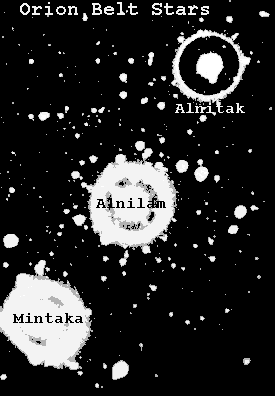
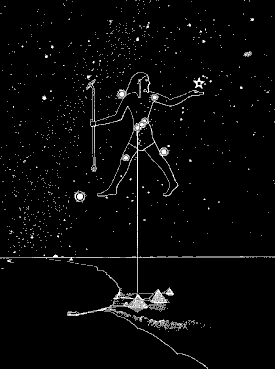
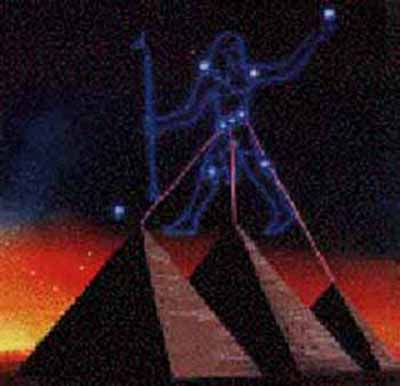
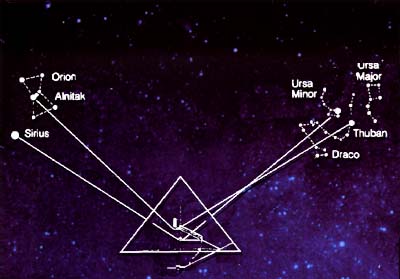
The Pharaohs of the fourth dynasty were star worshippers and knew considerably more about astronomy than previously thought. The three main Giza Plateau Pyramids were allegedly design in alignment with the Belt Stars of Orion. Ancient Egyptians were highly spiritual; their architecture symbolic of their beliefs. The stars were associated with Osiris, the god of death and underworld.
The metaphysics is it believed that the connection between Orion and Earth, particularly the Great Pyramid, is set up by a blueprint or architectural design created by the patterns of sacred geometry. This in turn also links with theories about aliens, or ancient astronauts, and the geometry of Earth and Mars.
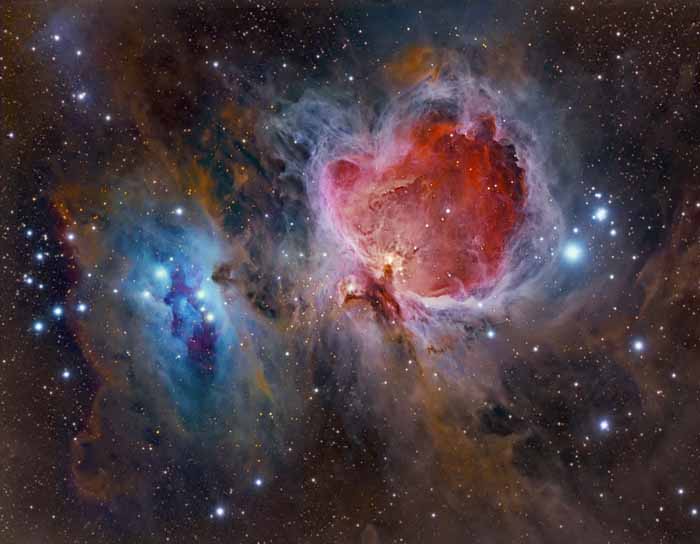
Great Orion Nebulae
NASA - September 13, 2011
